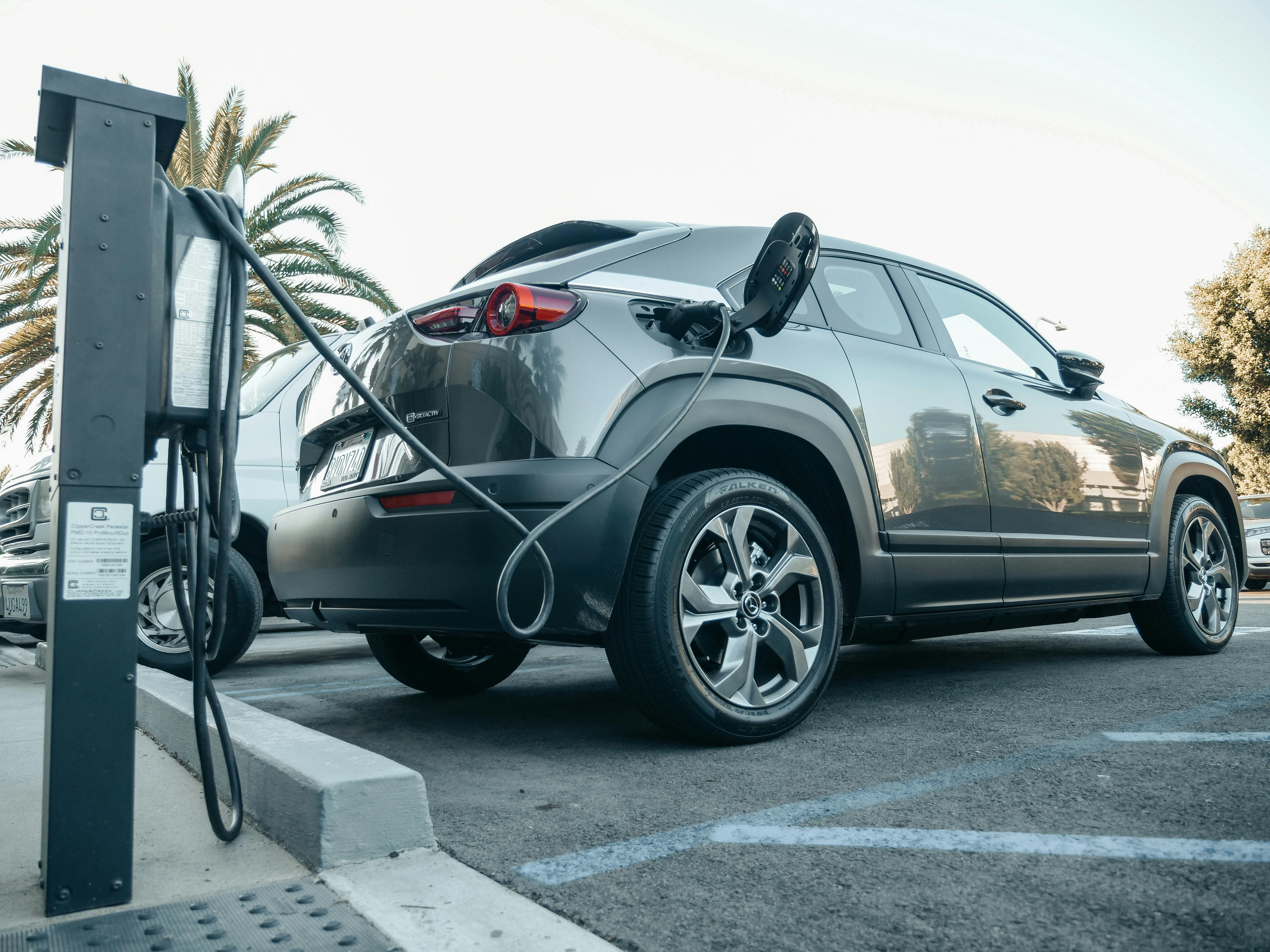
Used Electric Vehicles Reach Price Parity With Gas Cars as Analysts Dub 2026 ‘The Year of the Used EV’
The average price of used electric vehicles has fallen to nearly the same level as gasoline-powered cars, setting the stage for major growth in the secondhand EV market despite the recent end of a federal tax credit. Analysts say this affordability milestone, combined with a surge in off-lease vehicles and lower operating costs, will make 2026 “the year of the used EV.”
In August, the average list price for used EVs dropped to $34,704, down 1.1% from July and 2.6% from a year earlier, according to Cox Automotive. The price gap between used electric and gasoline vehicles narrowed to just $897, the smallest on record. Sales of used EVs rose 59% year-over-year, reaching nearly 41,000 units that month.

An electric vehicle in a charging station | Source: Pexels
Analysts attribute the decline largely to a wave of lease returns. More than 1.1 million EVs have been leased since 2023, many now entering the used market. “For mainstream buyers, EV affordability in the used-vehicle space is finally within reach,” wrote Stephanie Valdez Streaty, director of industry insights at Cox. Fourteen used EV models were cheaper than their gasoline counterparts, including the Nissan Leaf ($12,890), Chevrolet Bolt EV ($14,705) and Tesla Model 3 ($23,278).
While the federal EV tax credit of up to $4,000 for used and $7,500 for new models expired on Oct. 1, analysts expect continued growth driven by affordability and lower ownership costs. “I think this is the bigger argument” for EVs, said Scott Case, CEO of Recurrent.
Experts note that EVs generally have lower lifetime costs due to cheaper maintenance and fuel, though charging access remains a factor. State and local incentives — especially in California, Colorado, and New York — continue to offer additional savings for buyers even after the federal tax break’s elimination.
